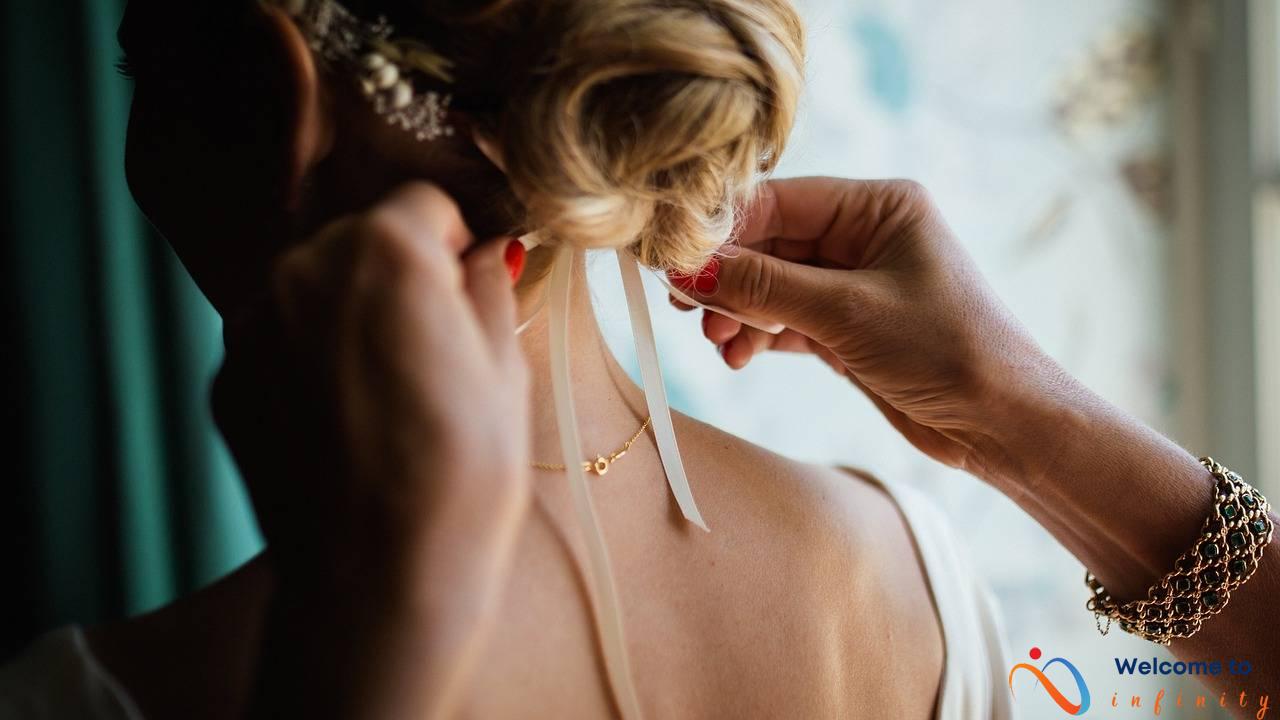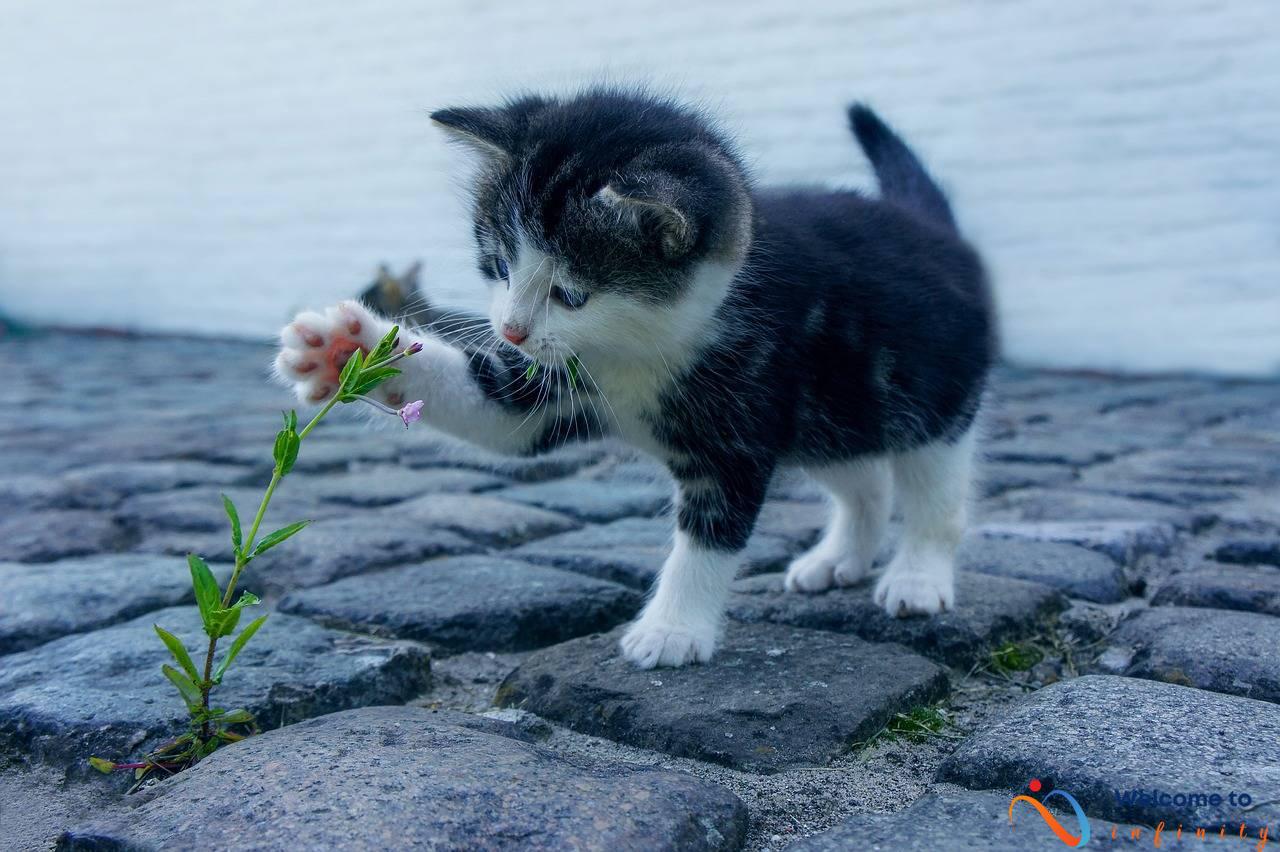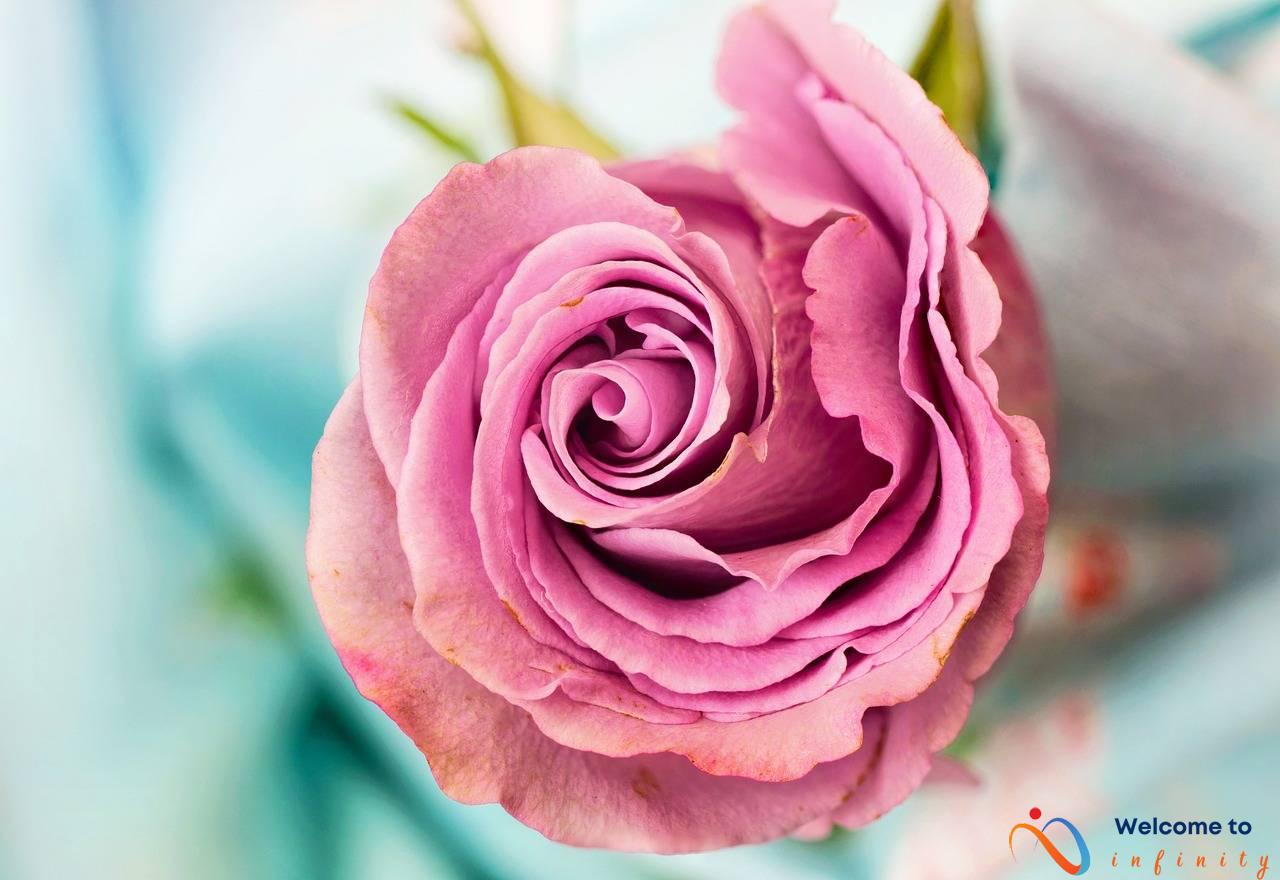If you're tired of using artificial chemicals on your hair, making your own leave-in conditioner can be a great way to achieve silky, smooth hair while also being eco-friendly and cost-effective. In this article, we'll show you how to create a homemade leave-in conditioner using natural ingredients that are gentle on your hair and scalp.
A leave-in conditioner is a type of hair care product that you don't have to rinse off after applying. It's designed to add extra moisture and protection to your hair, making it softer, smoother, and more manageable. Unlike regular conditioner, leave-in conditioner is not washed out, so it can work its magic for a longer time.
To make your own leave-in conditioner, you will need a few essential ingredients that are readily available in most kitchens and grocery stores. These include distilled water, jojoba oil, vegetable glycerin, and vitamin E oil. Jojoba oil is similar to the natural oils produced by your scalp and can help regulate your scalp's oil production, while vegetable glycerin helps retain moisture in your hair.
| Ingredients for Homemade Leave-In Conditioner | Benefits for Hair Health |
|---|---|
| Distilled Water | Helps hydrate hair without leaving residue |
| Jojoba Oil | Regulates scalp oil production, adds shine |
| Vegetable Glycerin | Retains moisture, makes hair softer |
| Vitamin E Oil | Provides antioxidants, adds shine |
To prepare the leave-in conditioner, you'll need to mix these ingredients in a spray bottle. Start by adding 1 cup of distilled water, followed by 1 tablespoon each of jojoba oil, vegetable glycerin, and vitamin E oil. Shake the bottle well to combine the ingredients, and your leave-in conditioner is ready to use!
- Shake the bottle well before each use to ensure the ingredients are well-mixed.
- Spray the conditioner on your hair after showering or whenever your hair needs some extra hydration and protection.
- Don't overuse the conditioner, as it can weigh your hair down and cause buildup.
- Store the spray bottle in a cool, dry area to maintain its freshness.
If you don't have time to make your own leave-in conditioner, there are many store-bought options available as well. However, keep in mind that not all commercial leave-in conditioners are natural or free from harmful chemicals, so be sure to read the label carefully before purchasing. Homemade options are generally more affordable and safer for your hair and health, so give it a try today!
Why Use a Leave-In Conditioner?
Many people rely on regular conditioner to soften and detangle their hair after shampooing, but leave-in conditioner can take hair health to the next level. Leave-in conditioner is a lightweight formula that is applied to damp hair and not rinsed out, providing constant nourishment throughout the day.
The benefits of using a leave-in conditioner are numerous. Not only does it moisturize and soften hair, but it also helps to prevent breakage and split ends. Leave-in conditioner can also protect hair from the damaging effects of heat styling, such as blow dryers and flat irons. It can help to tame frizz and flyaways, leaving hair looking smoother and more manageable.
Regular conditioner and leave-in conditioner differ in their application and formulation. Regular conditioner is typically thicker and meant to be rinsed out after a few minutes to prevent buildup on the hair. Leave-in conditioner, on the other hand, is formulated with lighter ingredients and is intended to be left on the hair without weighing it down.
To get the best results, it's important to choose a leave-in conditioner that is appropriate for your hair type. Those with fine hair should look for lightweight formulas to avoid weighing their hair down, while those with thicker hair may benefit from more occlusive ingredients to keep hair moist and shiny.
Ingredients for Homemade Leave-In Conditioner
If you're tired of spending a fortune on expensive hair care products, making your own leave-in conditioner is a great alternative. Not only is it affordable, but it's also free of harsh chemicals that can damage your hair.
Here are the ingredients you'll need:
- 1 cup distilled water
- 1 tablespoon aloe vera gel
- 1 tablespoon jojoba oil
- 1 tablespoon vegetable glycerin
- 5 drops of essential oil (optional)
Each of these ingredients has unique benefits for hair health. Distilled water is necessary to prevent bacteria growth, aloe vera gel has hydrating and soothing properties, jojoba oil can reduce inflammation and moisturize the scalp, vegetable glycerin helps keep hair hydrated by attracting moisture, and essential oils add a pleasant scent and can promote hair growth.
Mix all the ingredients thoroughly in a spray bottle and shake well before each use. It's important to use a spray bottle so that the conditioner can be easily applied to your hair. For best results, spray the leave-in conditioner onto damp hair after showering, and style as usual.
This recipe is suitable for all hair types and can be adjusted to your liking. You may even want to experiment with different essential oils to find the one that works best for you. Store your homemade leave-in conditioner in the refrigerator, and it will last for up to two weeks.
How to Make the Leave-In Conditioner
To make the homemade leave-in conditioner, follow these simple steps:
1. Mix the ingredients – In a small bowl, mix 2 tablespoons of aloe vera gel, 1 tablespoon of jojoba oil, 1 tablespoon of vegetable glycerin, and ½ cup of distilled water.
2. Stir well – Use a spoon or a whisk to stir the mixture until all the ingredients are well combined.
3. Transfer to a spray bottle – Using a funnel, pour the mixture into a small spray bottle. Make sure to use a clean and sterilized bottle.
4. Shake well – Shake the bottle well before use to ensure that the ingredients are evenly mixed.
5. Apply to hair – Spray the leave-in conditioner onto your hair, focusing on the ends. Do not use too much, as it can weigh down your hair.
6. Comb through – Use a wide-tooth comb to distribute the leave-in conditioner evenly throughout your hair.
7. Style as desired – You can allow your hair to air dry or use a blow dryer to style it.
It's important to note that you should apply the leave-in conditioner to damp hair, not dry hair. This will help the conditioner penetrate your hair shaft and provide long-lasting moisture. You can use this leave-in conditioner daily or as needed for softer, healthier hair.
Using a homemade leave-in conditioner can be a great way to nourish and protect your hair without using harsh chemicals. Plus, it's affordable and easy to make. Give it a try and see the difference it can make for your hair health and appearance.
Tips for Using the Leave-In Conditioner
Using a leave-in conditioner can work wonders for your hair, but to achieve the best results, it's important to know the dos and don'ts of applying it. Here are some tips:
- Apply the leave-in conditioner to damp hair to enhance absorption.
- Start by applying a small amount of conditioner and gradually add more if needed, to avoid weighing down your hair.
- Focus on the ends of your hair where it tends to be driest and most prone to damage.
- Use the leave-in conditioner as often as needed to keep your hair soft, healthy and shiny.
- Use too much conditioner, as it can cause your hair to look greasy or dull.
- Apply the conditioner to your scalp, as it can cause buildup and clog your pores.
- Wash out the leave-in conditioner, as it is meant to stay in your hair to provide continuous hydration and protection.
When it comes to storing your homemade leave-in conditioner, it's important to keep it in a cool, dry place to prevent spoilage. Using a tinted glass spray bottle can also protect the ingredients from sunlight and extend its shelf life.
Remember, using a leave-in conditioner is a great way to nourish and revive your hair, but it's important to use it correctly to avoid any unwanted effects. With these tips, you can ensure that your hair stays healthy, smooth, and silky for a long time to come!
alternatives to Homemade Leave-In Conditioner
When it comes to leave-in conditioner, there are two main options: buying it from the store or making it yourself at home. While DIY methods are more natural and affordable, store-bought options offer convenience and a wider range of products to choose from.
Store-bought leave-in conditioners are easy to find and come in a variety of types and brands to suit different hair types. They also usually contain a combination of natural and synthetic ingredients, which can offer a deeper and more immediate nourishing effect on the hair. Additionally, store-bought options often come with added benefits such as heat protection, frizz control, and UV protection.
On the other hand, homemade leave-in conditioner is a more natural and affordable option, giving you complete control over the ingredients. This option is perfect for those wanting to avoid synthetic and potentially harmful chemicals that may be present in store-bought products. You can easily make it at home using natural ingredients such as aloe vera, coconut oil, and essential oils. However, one downside to homemade leave-in conditioners is that they may not offer as immediate or long-lasting effects as store-bought ones.
another consideration to make is that store-bought options can get quite expensive over time, especially if you have to use them frequently or have long hair. Homemade leave-in conditioners, on the other hand, are affordable and easily customizable to suit your specific hair needs. They are also better for the environment, as you can minimize the use of plastic containers and packaging.
Ultimately, the decision on which type of leave-in conditioner to use depends on your personal hair needs and preference. If convenience and immediate results are important to you, store-bought options may be the way to go. If you value natural ingredients, affordability, and want to customize your conditioner to your specific needs, then making your own leave-in conditioner may be the better option.











